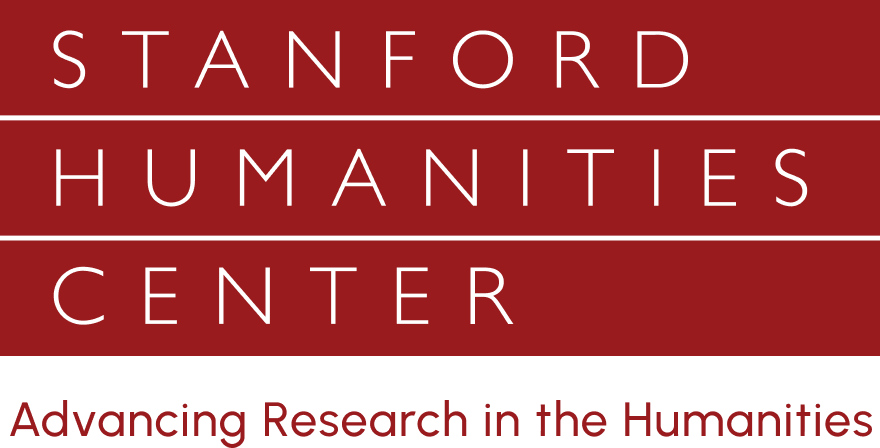Contemporary perspectives on the ancient Mediterranean tend to be top down and because of this, many segments of Roman society are effectively invisible in modern scholarship. The problem is due at least in part to the challenges of attributing past activity and material culture to the members of Roman society who had the least. The lack of traditional sources has resulted in a treatment of the non-elite in simplistic terms or as an essentially homogeneous entity. This talk describes the use of human remains research and contextual analysis to address the invisibility problem of the poor in two settings: the thoroughly rural context of the Vagnari vicus cemetery and the thoroughly urban context of the burials at Casal Bertone, just outside Rome. This interdisciplinary approach makes use of bioarchaeological assessments and spatial analysis along side ancient sources and more traditional archaeological reports to learn more about the poorest members of Roman society. The results of the comparison show a clear diversity in the lifestyles and life experiences of the non-elite, help explore ritual activity even among the simplest graves in the Roman archaeological record, and raise important questions about how Roman cemeteries can be interpreted.
Jon Weiland is a graduate student in Stanford Classics. His research uses traditional classics scholarship, bioarchaeology and digital research methods, to investigate the darker aspects of the ancient world, topics like poverty, disease, slavery and violence. His master's thesis explored how malaria affected the landscapes of Roman Italy. His dissertation focuses on the archaeology of what some refer to as the “Invisible Romans,” the people with the lowest socio-economic status in Italy, such as slaves and peasants. His other projects include developing effective low-cost 3D modeling techniques for documenting archaeological evidence and using GIS to model ancient travel and exchange. Jon has worked for the Midwest Archaeological Center of the National Park Service, the Archaeological Mapping Lab at the University of Pennsylvania's Museum of Archaeology and Anthropology, and in Archaeological Collections at the Arizona State Museum. He has participated in archaeological investigations in Italy, Greece, Turkey, Egypt, Mexico, Peru, and at several locations in the United States.





